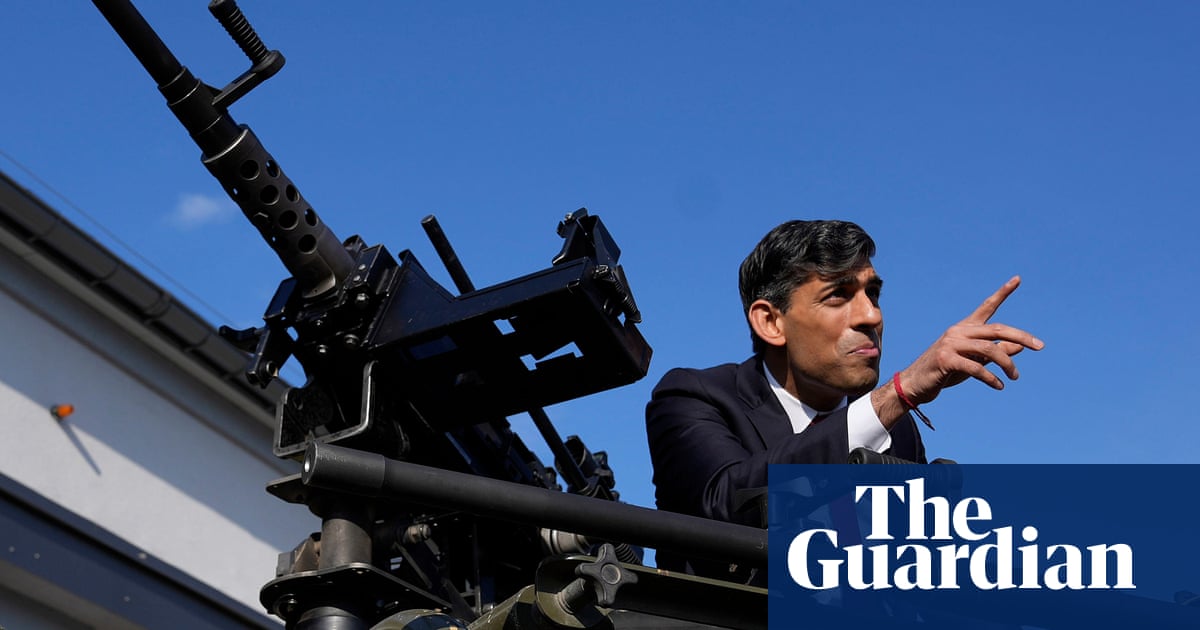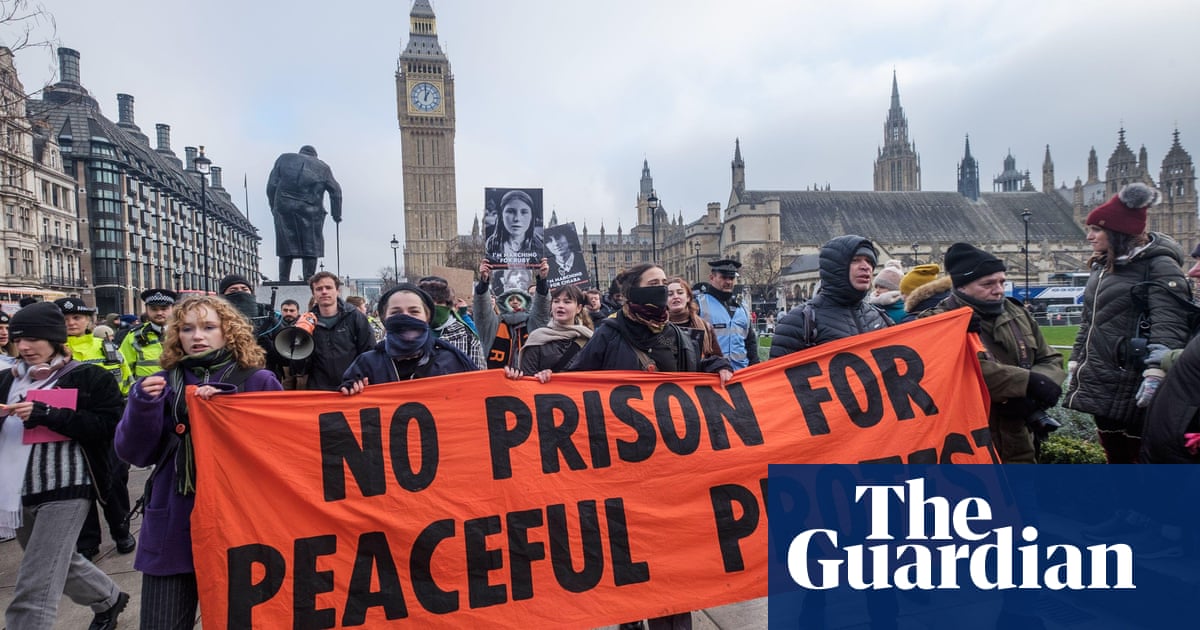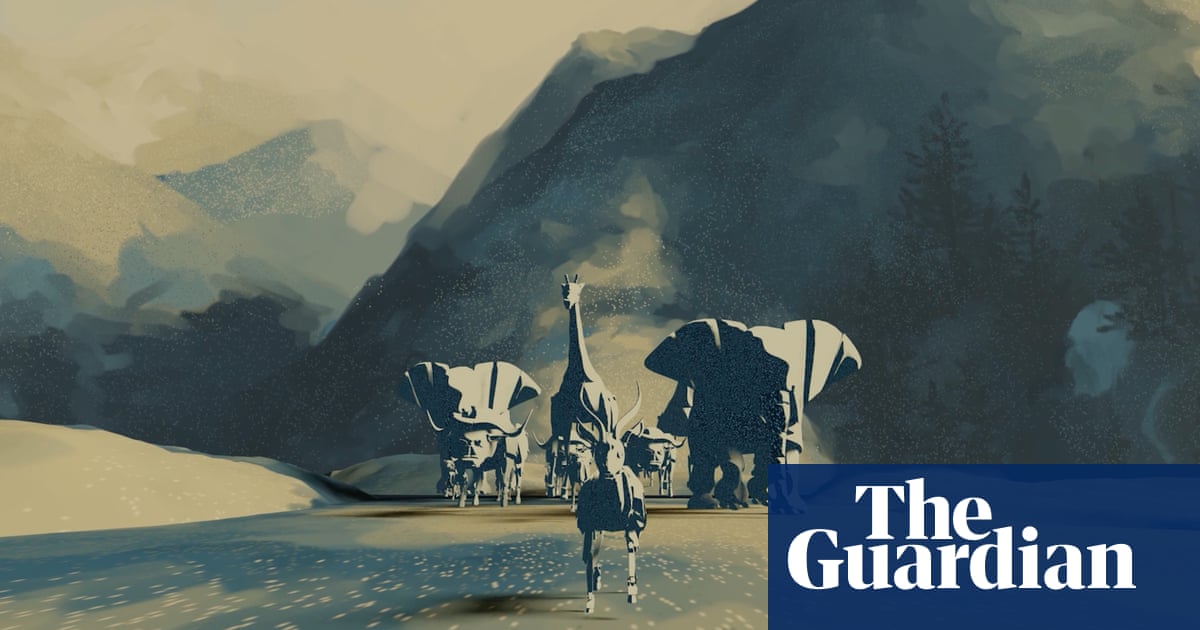
Gen Roly Walker, the head of the British army, has described it as the “axis of upheaval”. George Robertson, the new head of the UK’s defence review, has called the countries the “deadly quartet”. Either way, less than a month into a Labour government, an emerging geopolitical alignment is being highlighted as a threat.
The concerns centre on the growing military and trade links between Russia, China, Iran and North Korea. Though the four are some way from a cold war-style bloc acting in concert, they have enhanced bilateral ties since Moscow’s invasion of Ukraine in a manner that has fuelled anxiety among defence officials and policymakers.
“Russia has been the catalyst of this,” said Richard Fontaine, the co-author of an April paper in Foreign Affairs entitled The Axis of Upheaval. A desperate search for munitions as the war in Ukraine has continued far beyond its initial expectations of a quick victory has led Moscow to source Shahed drones from Iran, artillery shells from North Korea and microelectronics, as well as other components and chemicals, from China to support its offensives.
In return, Russia is supplying record levels of cheap crude oil to China (in 2023 it overtook Saudi Arabia as the leading supplier to Beijing) and defence technology and intelligence to Tehran, whose drone and missile attack on Israel in April used methods familiar to the war in Ukraine. Vladimir Putin, the Russian president, visited Pyongyang last month and signed a mutual defence pledge with North Korea.
“You are not seeing leaders of all four countries coming together and holding summits, but there is a glue bringing them together,” Fontaine said. “There is Russia’s need for support for its war in Ukraine but it is taking place against a broader rejection of the rules-based international order,” in other words, scepticism or even hostility to the post-cold war dominance of the US and its allies.
Russia, China and Iran held five days of live fire naval exercises off the coast of the Gulf of Oman in March, the closest to a display of unified activity across the grouping, though a similar proposal to hold trilateral maritime drills with China and North Korea has yet to materialise. And there remains plenty of mutual suspicion, particularly between Russia and China, countries that fought a border war in 1969.
Nevertheless, the growing cooperation was highlighted by one Nato official at this month’s summit in Washington. Benedetta Berti, Nato’s head of policy planning, said: “I think the reality is that it is further along than what I think most analysts would’ve anticipated before 2022” – though she was hesitant to use the word axis to describe it, preferring “strategic convergence”.
Others prefer stronger language to gain attention. Fontaine, the creator of the phrase “axis of upheaval”, argues it summarises the sense of mutual dissatisfaction with western dominance and is less heavy handed than “axis of autocracy” or the George W Bush “axis of evil”, with which it nevertheless rhymes. And if Nato remains cautious, it was picked up by the British army last week.
The key question is how western policymakers respond – particularly at a time of heightened anxiety in Europe about the possible election of Nato-sceptic Donald Trump. Walker argued that growing militarisation by all four countries could present a “converging threat problem” by 2027 or 2028, where they would be “more likely to come to each other’s mutual aid” in a future crisis.
The army chief went on to present a deliberately disturbing hypothetical: a cocktail of a Russia that has somehow emerged from its war in Ukraine “with a sense of wanting retribution for the support that was given” by the west; a China that, US intelligence has repeatedly argued, wants to be able to invade Taiwan from 2027 and an Iran that has finally abandoned the deal intended to prevent it enriching uranium to make an atomic bomb.
“In the middle half of 2027 or 2028, this convergence may have reached some sort of mutual singularity,” Walker said, although it would depend on a remarkable bounceback by Russia, which has already sustained 550,000 casualties in Ukraine – and a belief that China would be willing to sacrifice global trade relationships for what would be a militarily difficult and risky operation.
But if Walker’s warning sounded alarmist, it was nevertheless backed by the new occupiers of Downing Street. “The prime minister completely agrees with the thrust of the head of the army,” said Keir Starmer’s spokesperson. Labour defence sources said the general was “talking about re-establishing credible deterrence” by calling for the army to double its productivity or lethality by 2027.
There are political reasons why an axis of upheaval may be emphasised. In the UK, although Labour has promised to lift UK defence spending by around £5bn to 2.5% of GDP, it has yet to set a date when it would do so. Highlighting coordinated state threats could help to justify a timetable for reaching the higher level, particularly when the future US position in Europe is uncertain.
But the idea that global threats are interconnected raises military concerns. Neil Melvin, an international security specialist at the Royal United Services Institute thinktank, said: “Not only is the US not in a position to fight two major wars simultaneously, but it does not want to be so dragged into helping Ukraine against Russia that it would leave the cupboard bare in the Indo-Pacific.”
The argument is not that war is in any sense inevitable, but rather how to best prevent it against a grouping of countries who for now appear focused on self-supporting rearmament. Melvin said: “It is a rather Dr Strangelove world, but this is the discussion we now need to have. What does credible deterrence look like?”











